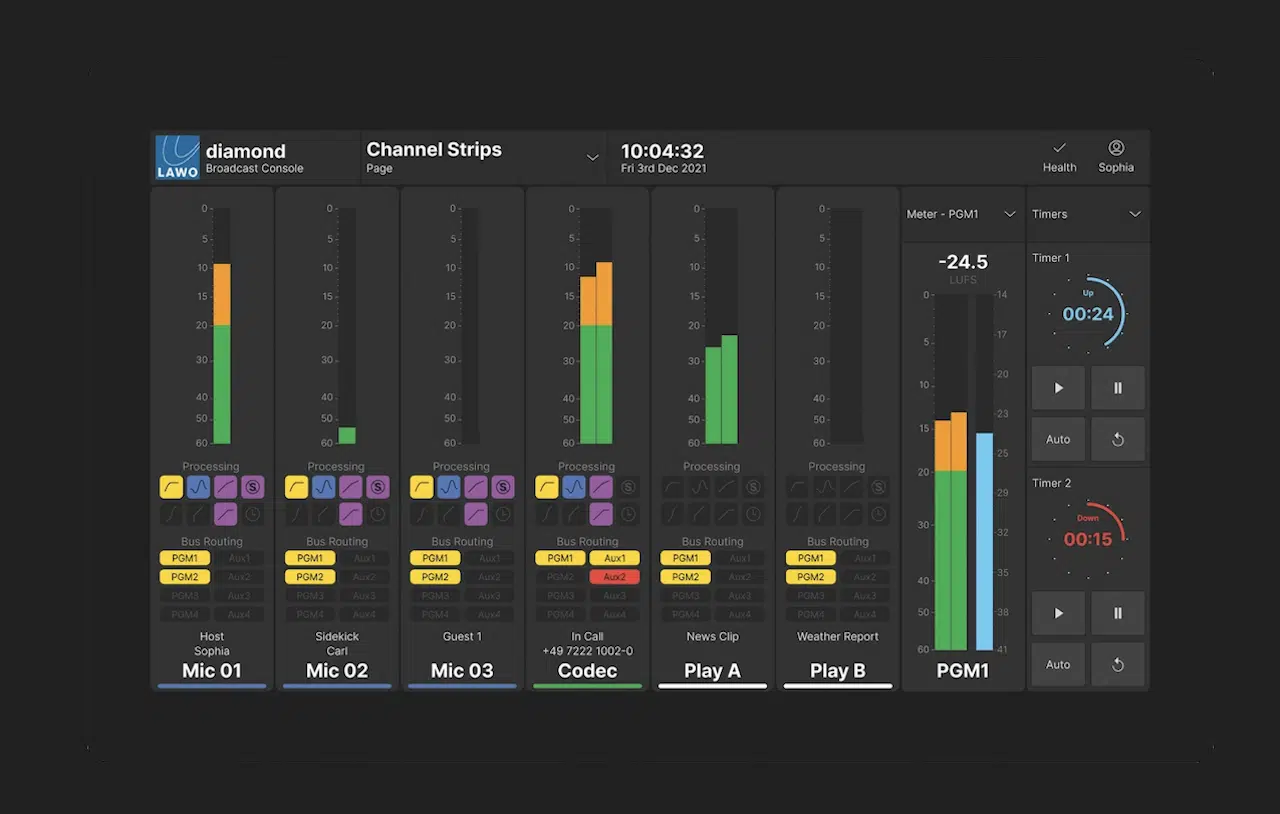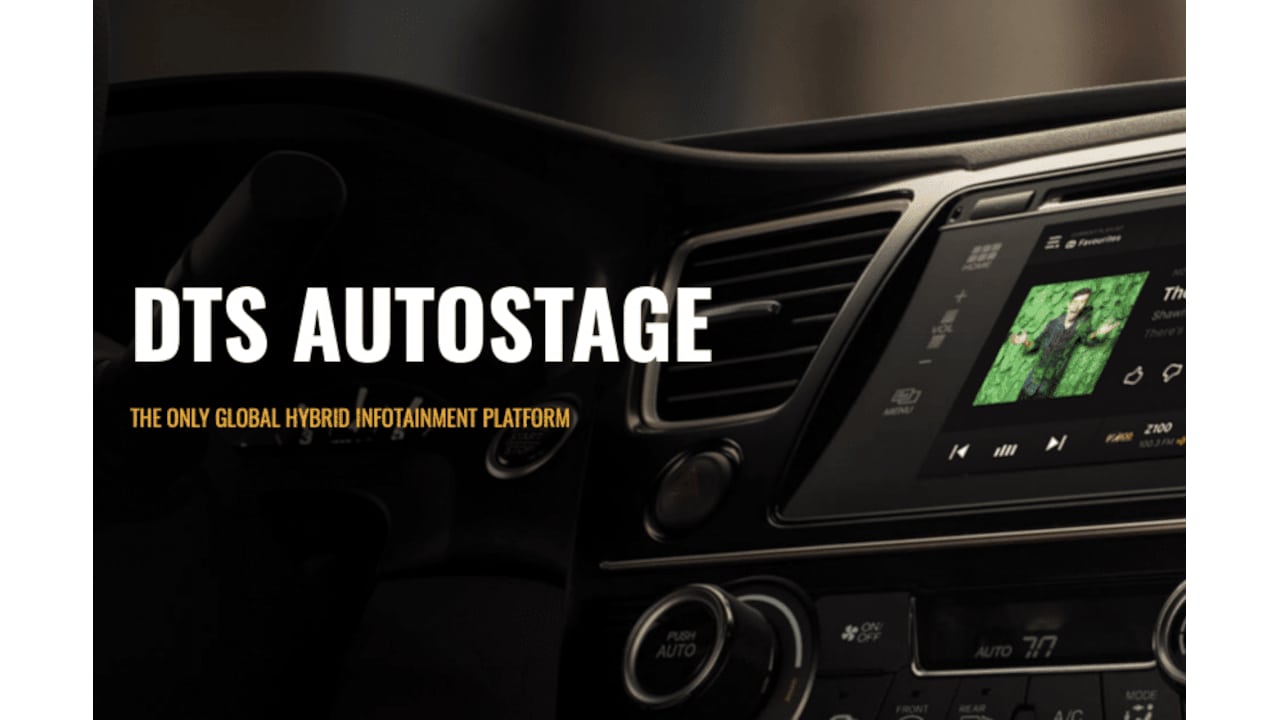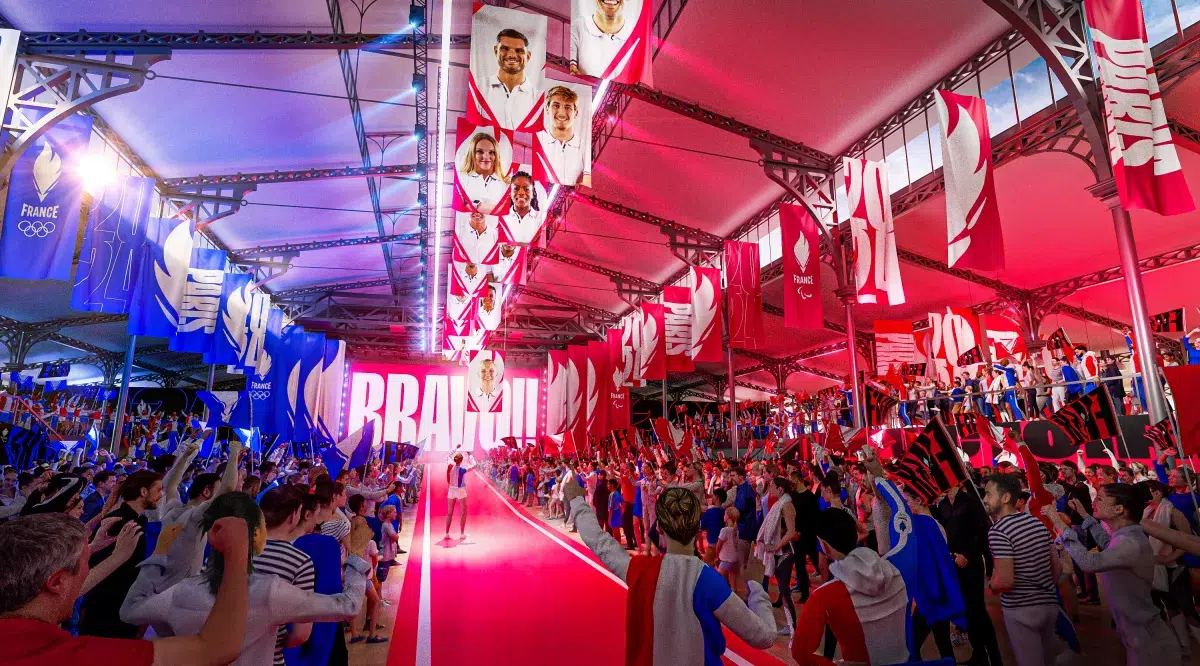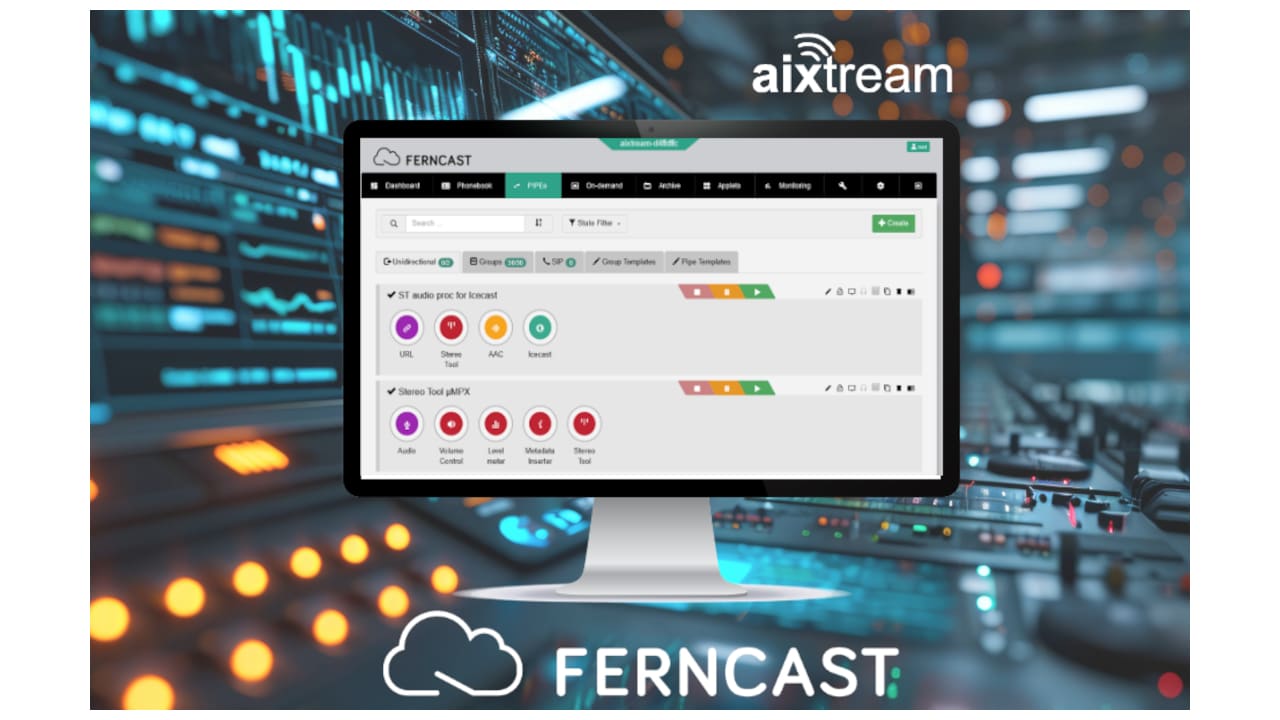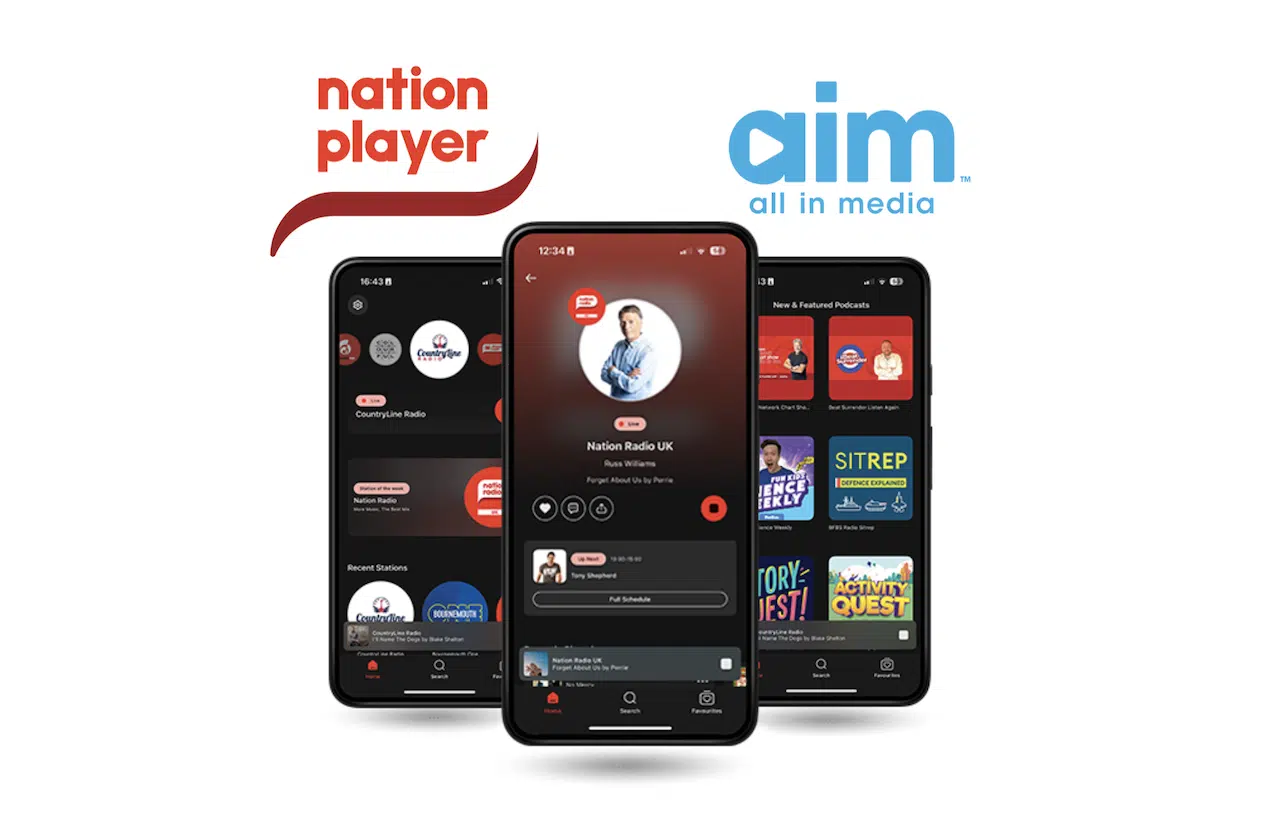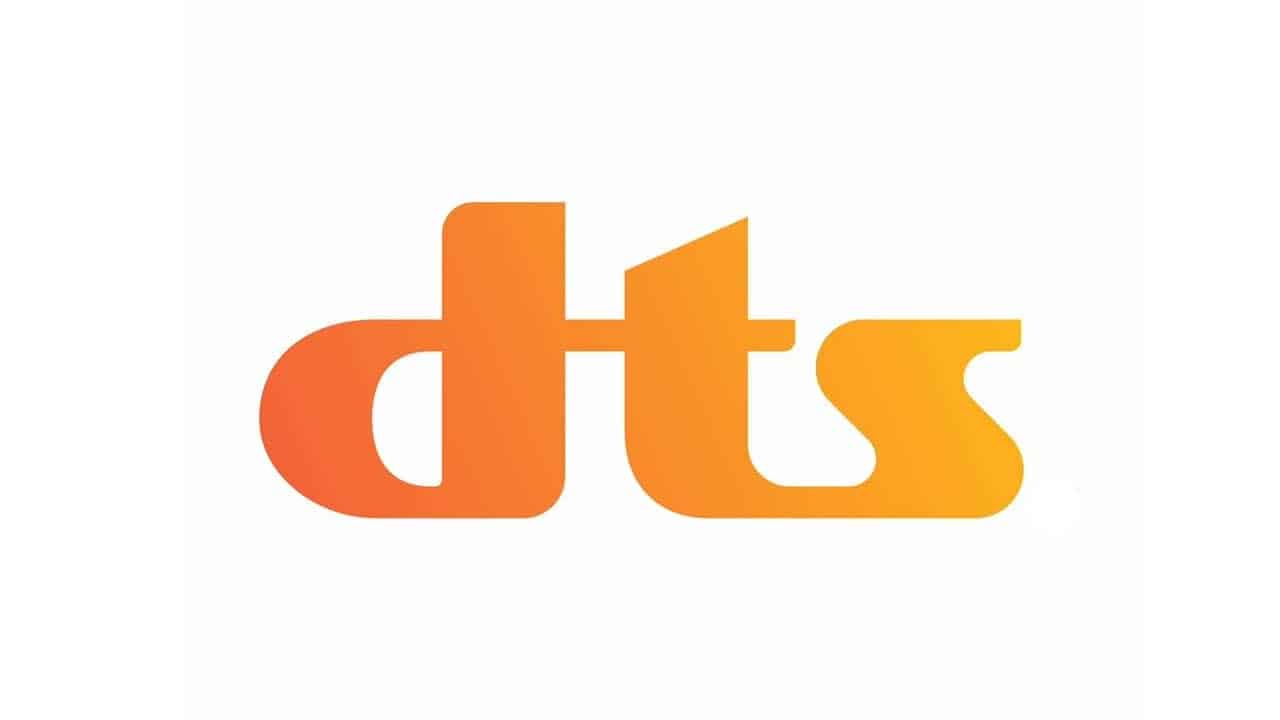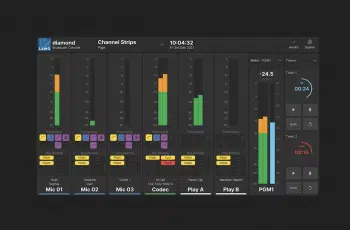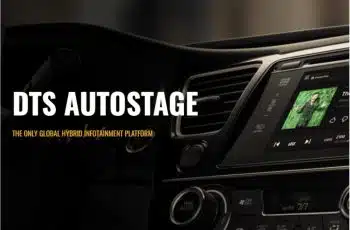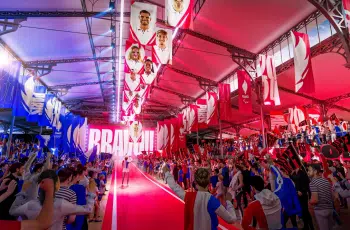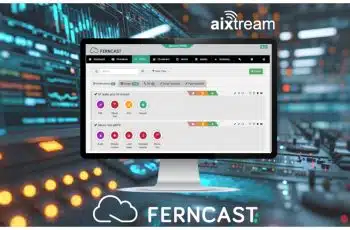
In an ever-changing broadcast media space, traditional broadcasters face novel challenges and threats, but for innovation-savvy broadcasters, there are bountiful opportunities. To see them requires a little lateral thinking and a sense of adventure. That will be needed for broadcasters eyeing the precious space of the in-dash entertainment systems of connected cars because the latest opportunity will take them out of their comfort zone, sort of.

In-vehicle communications have come a long way in the more than 120 years since Guglielmo Marconi attached a twenty-five-foot high cylinder aerial to a steam lorry to receive and transmit signals, and in the almost 100 years since the first commercially produced car radio took up most of the space under the passenger seat. While there was a hue and cry about those 1930s car radios and legislation tried to ban them, car radios have survived and thrived. Not even introducing new audio sources such as 8-tracks, cassette tapes, CDs and MP3 players eroded the dominant position of broadcast radio as the in-vehicle audio source of choice. That dominance remains in place. A recent consumer survey by DTS in the United States confirmed AM radio’s position in the vehicle dashboard, with 66% of those between the ages of 25 and 34 viewing it as ‘indispensable.’
However, resting on these accolades is not viable for the radio broadcast industry. In the last decade, radio’s pre-eminent position has been constantly threatened by new digital alternatives, all enabled by the explosion in cellular IP networks and capacity. Respondents in the DTS survey, especially the younger cohort, expressed a strong desire for in-vehicle entertainment that is more than a mirror of their smartphone. With connectivity firmly embedded in most new vehicles and deeper integration with IP-based audio services such as Spotify, Deezer, and Amazon, the broadcast radio landscape is increasingly competitive.
The threats and innovation don’t stop at audio services. Along with radio, the survey showed that today’s younger consumers are very interested in in-vehicle video, going as far as to say it would make them more likely to purchase a vehicle that included it. Video publishers are aiming for the dash and will soon take their place alongside both broadcast and digital audio services. Video is already well on its way with Tesla, Mercedes, Volvo, Polestar and BMW, to name a few. Gaming is not far behind.
Audio driving games
While not as ‘old’ as radio, video gaming has been around since the 1950s, with its biggest explosion in the last several decades. Today, the younger generations are its most avid users. According to market intelligence firm IDC, Gen Z spends 14.9 hours a week gaming on average, while consumers spend an average of 9.4 hours overall. Hours spent on gaming by Millenials and Gen X are expected to rise in the next year.

In-cabin innovation reflects this shift. Gaming capabilities already exist in certain Tesla, Mercedes and BMW models, mostly limiting play to when the vehicle in parked and requiring an external controller such as a smartphone. There are currently three gaming categories for integration in new cars: Driving Games, Passenger/RSE Games and Console Games. Many games are backed by well-established brands and developed by leading game designers.
Xperi is in the process of expanding its DTS AutoStage technology and plans to incorporate digital games into the platform. Its focus is audio-driving games primarily designed around content using an audio interface that is safe for drivers to play. Xperi believes these are poised to gain the most significant traction. One of the reasons is that they also offer significant opportunities for broadcasters.
Gaming — in radio’s DNA
On-air games and competitions are a radio content staple; their in its DNA. All broadcasters need to do for in-dash gaming is create new game content that runs alongside broadcast radio shows and capitalizes on metadata’s ability to make content more immersive. For example, broadcasters could run a “Name That Tune” or “Guess That Lyric” interactive game alongside musical programming or generate a slate of games incorporating local, regional, and national trivia and sports quizzes. The possibilities for creative programmers are endless, and the benefits could be enormous.
So, while radio is, indeed, deeply embedded in the vehicle dashboard, time is not standing still when it comes to in-cabin innovation. In-dash entertainment has advanced more in the past decade than in the over 130 years since Marconi’s giant cylinder transmitted transmit signals for 20 miles while moving.
Gaming is a new and very promising way broadcast radio can stay ahead of the game, and the DTS AutoStage platform is designed to help broadcasters leverage this opportunity so they can generate increased engagement, extend reach and keep radio deeply relevant in today’s vast panoply of in-vehicle entertainment.
The author is Senior Vice President of Broadcast Radio and Digital Audio at Xperi.
These stories may interest you
RedTech RadioWeek 2024 sets decision-making agenda



